
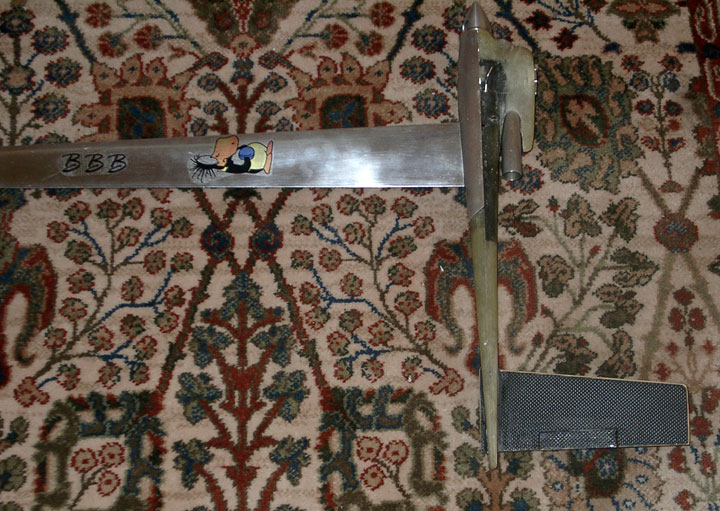
The fully assembled Newtron Bomb. All photos by Ken Burdick.
By Ken Burdick
Yes folks, it's true.
There is a speed plane called the Newtron Bomb. I'm not sure which one of the many designs John Newton has come up with, maybe all of them are called that, but mine is the B ship converted to the new C Speed event.
So far, this is the only “kit” available to speed flyers, who may not have the time to build their own model. The design is well tested and is a known quality product. While an upright design might be easier to construct, the C ship is an asymmetrical design for several reasons, least of which is John's quest for good flying platforms in speed. I decided to have John complete the kit for me and to quote Scott Newkirk, “If I do it, it won't get done.”
Unfortunately, that that phrase applies to me as well so the entire project was turned over to the man himself. John had built two other C ships prior to mine, both of which were sold to Dick Shannon, ex-drag racer and budding speed flyer. Dick currently holds the C class record at 190+ mph and shows no sign of slowing down anytime soon.
A wooden box and a cardboard box appeared in my office. The narrow, well-constructed box contained the fuselage, wing, tank and the Nelson .40 FIRE that I had sent to John.
The first thing I noticed was the new speed pan. Apparently it's a new one from the shop of Barry Tippits and looks very well constructed. This pan is the one holding the current record so it's a keeper with no worries about flexing. Black matt carbon fiber/wood stabilizer and carbon reinforcements inside the glass fuselage are the next eye catching detail, all parts fit perfectly leaving a nearly seamless structure. I was impressed.
The wing is fitted with a slotted wingtip piece of aluminum. The slot is vertically oriented from the middle bottom, to the center of the tip piece. The wingtip piece is removable so the line can be slid into the aluminum wing, attached to the model, then the tip piece is put in over the line via the slot and bolted in place when it's done. Pretty slick idea instead of a large oval hole in the wingtip to shove the line through.
The controls are attached inside the pan with a removable pushrod. This must be assembled correctly, but it's also a tried and well used idea.
To complete the correct usage of John's effort, he has made a fuel tank that is large enough to allow preheating of the engine on the ground and the pilot to hold out of the pylon for a few laps while the mini pipe kicks in. The final piece is an asymmetrical mousetrap dolly. I was humbled by the amount of good work John had put into this setup.
If you have ever made something for another modeler and they didn't follow your instructions, you get painted with the same “bad brush” when the setup does not work because the guy did something wrong or made “improvements.” John has taken this out of the equation by supplying the components that have been proven to wok time and time again. This design currently holds the C speed record of 193+ mph -- that plane is owned by Richard Shannon.
The model pictured holds the Northwest C Speed record at 176.57 mph.
As always, I believe in pictures to do the best job of showing off nice work like this.
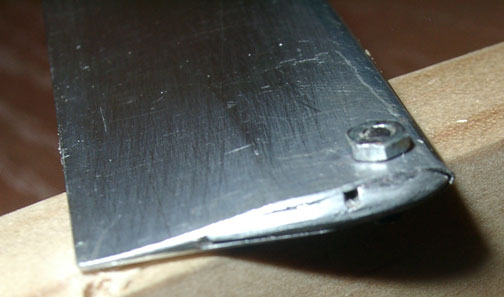
Wingtip detail.
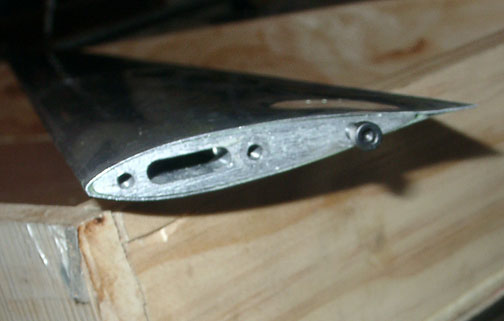
Wing root detail.

Control button detail.
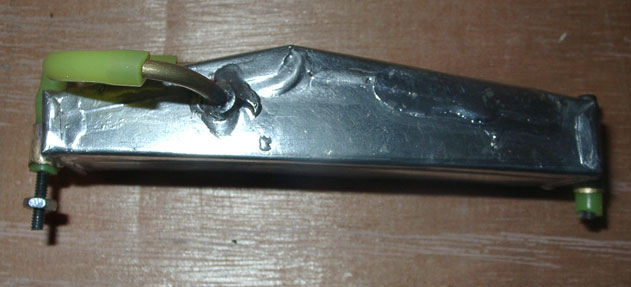
Tank.
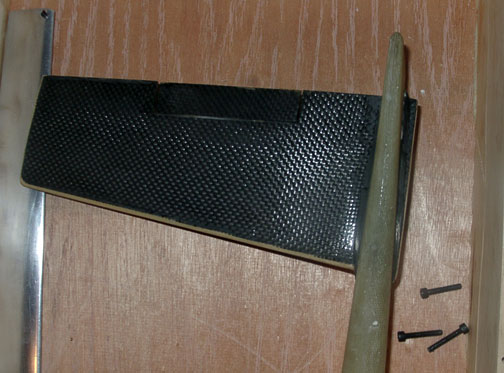
Stabilizer.
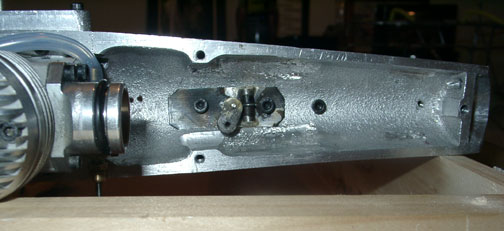
Panand controls.
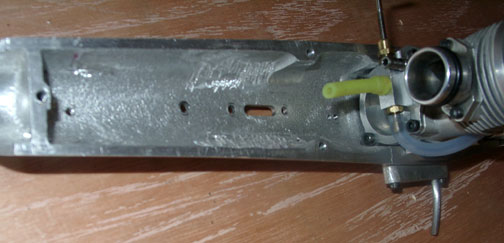
Engine in pan.
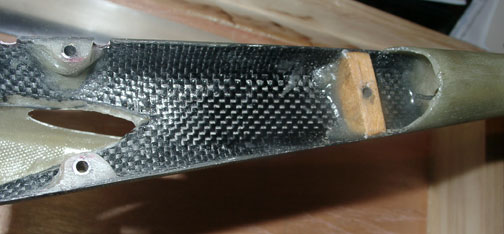
Engine crutch.
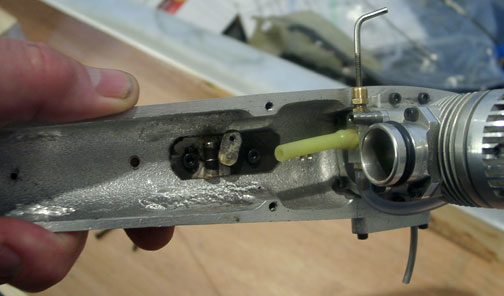
Engine and controls.
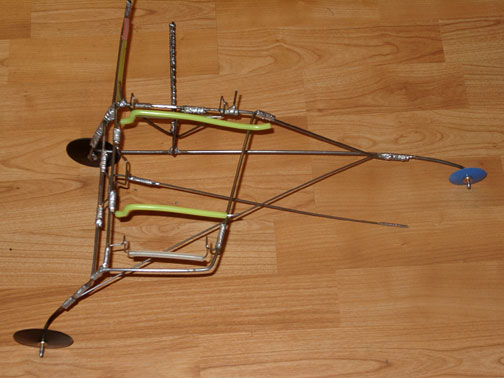
Takeoff dolly.
Resources:
John Newton
626-964-5363
Engine work
Asymmetrical speed kits.
Barry Tippits
906-337-4533
Speed pans
-- Kenny-b
This page was upated Nov. 28, 2012